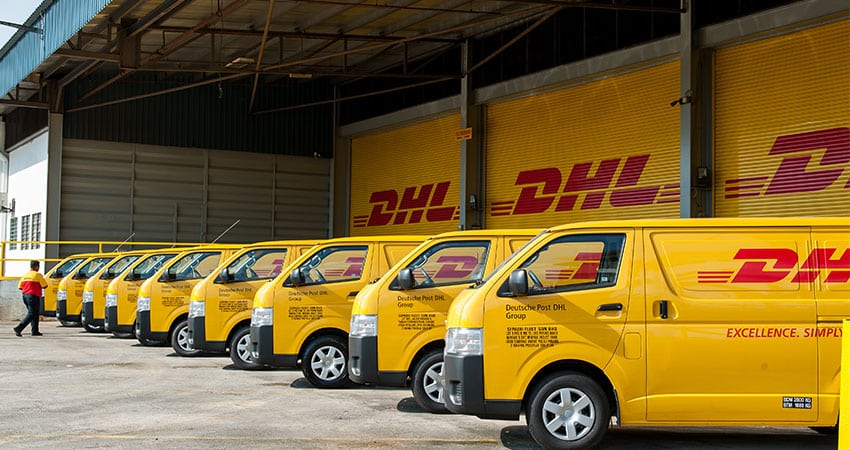Looking to make up ground on rivals UPS and FedEx during peak season, DHL is in the midst of an expansion effort which includes hiring 6,000 temporary workers across its four business units in North America, adding flights and piloting robotic and augmented reality technologies.
DHL is making the moves as it forecasts volume growth of between 15% and 40% during the 2017 holiday season. To meet the anticipated demand, DHL’s Express unit is expanding weekend deliveries and adding to its courier network.
DHL is the global leader in logistics, with a network that spans 220 countries and territories, 350,000 employees, more than 180 million shipments per year and revenue of about $67.5 billion.
“Ecommerce is fundamentally changing the way in which logistics companies operate,” said DHL eCommerce CEO Lee Spratt in a release. “To help our retail customers in the U.S. meet the demands of online shoppers for greater transparency, convenience and speed, we have to balance increased capacity with improved efficiency and to offer flexible omnichannel solutions.”
At the same time, DHL is continuing its focus on cross-border ecommerce, including investment in U.S. facilities and expansion of its global air capacity. It is also opening up a new Central Asia hub at Hong Kong International Airport, according to Forbes, an air express cargo facility for shipping premium goods in and out of the Asia-Pacific region.
“Cross-border ecommerce growth continues in the U.S. as consumer demand for overseas products increases driving both our imports and exports,” said Travis Cobb, SVP of Network Operations for DHL Express in the release. “To ensure the delivery process is more convenient than ever we are continuing to develop web-based tools such as On Demand Delivery which is now fully deployed in the Americas to simplify the shipping and delivery process for major retailers, smaller businesses and their customers.”
Using On Demand Delivery, consumers receive text and email messages with estimated delivery dates. They can choose from six delivery options, and shippers can determine which options are presented to their customers.

